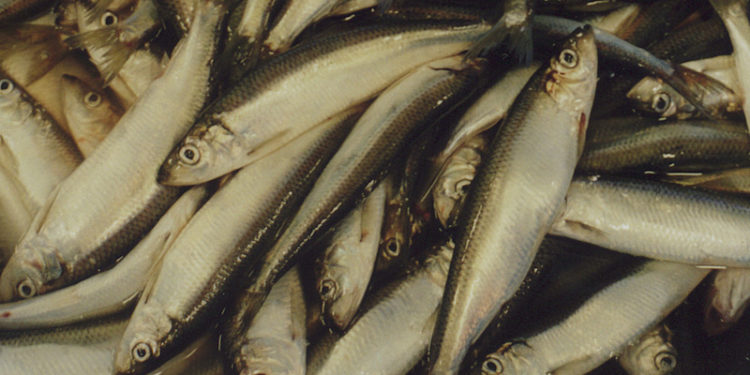ICES has provided its advice to the European Commission (EC) to set the fishing opportunities in the Baltic Sea for 2019. Despite fishermen’s full compliance with the quotas proposed, a growing stock biomass and fishing pressure in line with scientific advice, the prospects for some stocks are not promising – including herring.
Particularly in the western Baltic, Skagerrak and Kattegat areas, ICES is recommending a zero catch in 2019. Fishing industry body Europêche is requesting that the European Commission take into consideration not only the good progress of the stock during the last few years but also the massive socio-economic impact for the small-scale fishermen who rely on this stock.
Since 2011, science shows a continuously growing biomass accounting for an overall increase of about 41%. However, ICES decided last year to revise the indicators of what they consider sustainable levels of biomass (increased from 110,000 tonnes to 150,000 tonnes). Therefore, what was considered a healthy stock now is considered to be in bad shape, leading to a clear reduction of catches or, in this case, the closure of the fishery.
‘We fail to understand on that scientific basis this extreme decision was taken,’ a Europêche spokesman said, commenting that the multiannual management plan (MAP) for the stocks of cod, herring and sprat in the Baltic Sea adopted in 2016 was supposed to ensure the long-term sustainable management of these species. Europêche argues that despite the scrupulous compliance of our fishermen with the MAP harvesting the western herring stock at sustainable levels, science inexplicably recommends the closure of the fishery.
‘Closing a fishery is simply incorrect management when the stock and the abundance of a target species have been growing for years,’ said Peter Breckling of German fishermen’s organisation Deutscher Fischerei Verband (DFV).
‘Moreover, the scientific performance is not convincing when the target values are each year increasing by more than 30%. We therefore call on the Council of the EU to stick to the Baltic Sea plan and accordingly limit the quota reduction to 22%.’
The Western Baltic spring spawning stock is found in the Skagerrak and Kattegat around Denmark and south of Norway. The European Union and Norway have jointly managed this shared stock since 2014. The herring fishery consists of many small-scale pelagic trawlers and it has one of lowest levels of by-catch recorded, at less than 1%.









